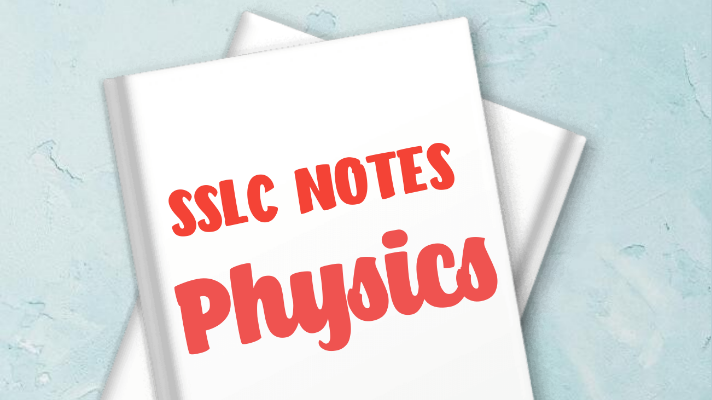
FOCUS AREA
➢ The magnetic field around a current carrying conductor.
➢ Right Hand Thumb Rule
➢ The magnetic field around a Solenoid- Magnetic polarity.
➢ Factors affecting the strength of the magnetic field of a
solenoid.
➢ Motor principle
➢ DC motor – Structure and working
➢ Moving coil loud speaker – Structure and working
What might be the reason for the deflection of the magnetic needle?
* A magnetic field is developed around a current carrying conductor. The magnetic needle is deflected as a result of the mutual action of this magnetic field and that around the magnetic needle.
2.What are the factors influencing the deflection of the magnetic needle?
* The direction of the current.
* The position of the conductor.
A magnetic field around a straight conductor
* A magnetic field is developed around a current carrying conductor.
* The shape of the magnetic field around it is circular.
* The direction of the magnetic field can be found out using
* The Right Hand Thumb Rule & * The Right Hand Screw Rule
2. Right Hand Thumb Rule
* Imagine you are holding a current carrying conductor with the right hand in such a way, that the thumb points in the direction of the current. The direction in which the other fingers encircle the conductor gives the direction of the magnetic field.
3. The magnetic field around a Solenoid- Magnetic polarity,
How we can recognise the direction of magnetic field and the polarity of a current carrying solenoid.
The end of the solenoid at which current flows in the
clockwise direction will be the South Pole.
The end of the solenoid at which current flows in the anticlockwise direction will be the North Pole.
The factors affecting the strength of the magnetic field of a solenoid carrying current.
Intensity of electric current.
The number of turns of the solenoid.
The area of cross section of the solenoid.
The area of cross section of the soft iron core.
5. Motor principle
A conductor, which can move freely and which is kept in a magnetic field, experiences a force when current passes through it and it moves.
6. DC motor – Structure and working
Working principle : Motor principle
The parts of an electric motor
N,S – Magnetic poles
XY – Axis of rotation of the motor
ABCD – Armature
B 1 , B 2 – Graphite brushes
R 1 , R 2 – Split rings
Armature
Armature is the metallic coil wound round a soft iron core so that it is
free to rotate.
It is fixed firmly on the axis XY.
In the figure, are the forces acting on sides AB and CD in the same
direction?
* No
Find out on the basis of Fleming’s Left Hand Rule and write it down.
* AB moves forward and CD moves backwards.
What are the effects on the armature produced by forces thus
developed?
* Force produced are in the opposite direction. They are experiences on the different positions of same object. So it rotates.
Split ring Commutator
If the rotation of the armature is to be sustained the direction of current through the armature should continuously keep on changing.
The split rings help to change the direction of current through the coil
after every half rotation.
It is also called split ring commutator.
Working
* A freely suspended, current carrying armature when kept in a magnetic field starts to move when current flow through it.
* What is the energy change in Electric Motor?
Electrical energy Mechanical energy
7. Moving coil loud speaker – Structure and working
Working principle : Motor principle
The parts of a Moving coil loud speaker
Voice coil
Field magnet
Diaphragm
Soft iron core
Connecting wire
Soft iron shield
* Where is the voice coil situated?
– In the magnetic field
* To which part is the diaphragm connected?
– It is connected with the voice coil.
From where does the electric current reach the voice coil?
– Current reaches from the amplifier.
* What happens when current is passed through the voice coil?
– It vibrates.